EyePhone: Apple Is Latest To File 'Wearable Computer' Patent
The filing of a patent is far from a sure-fire marker to signal what it is a company is developing behind closed doors. Literally hundreds of thousands of patents are filed every single year, and the very largest technology companies are responsible for a good grand of them just by themselves. Still, some patents just simply can not be ignored, such is the one granted to Apple Inc. today, entitled “Peripheral treatment for head-mounted displays.”
As if Google and Apple didn't have enough head-to-head technologies to squabble over, the patent goes some way in signalling the company behind the iPod and iPhone has at least been thinking about wearable computing such as that being tested by Google's experimental unit Google X. But Apple's own patent differs ever-so slightly with Google's interpretation of 'wearable computing' with Project Glass. In this instance, the patent's abstract description goes as follows:
“A first display projects an image viewable by a first eye of the user. A first peripheral light element is positioned to emit light of one or more colors in close proximity to the periphery of the first display. A receives data representing a source image, processes the data representing the source image to generate a first image for the first display and to generate a first set of peripheral conditioning signals Apple's patent describes a device using two LCDs rather than just the one, Google's otherwise preferred method with Project Glass.for the first peripheral light element, directs the first image to the first display, and directs the first set of peripheral conditioning signals to the first peripheral light element.”
The patent further details how with head-mounted displays that use a single display (such as Google's), “the image is typically projected through optics that split the image into two identical images, and redirects each image to the respective eye. With two displays, the HMD can show 'stereoscopic' images.” Essentially, this will create “full immersion”, and one able to deliver images with greater depth. The document also specifies how the device could feature an audio component, headphone connectivity, movie viewing capability, network connectivity and vocal input methods. Siri for EyePhone?
But while Google's own device is now a very real, very well-publicised and much sought-after piece of kit – Google's I/O 2012 event did nothing to take the shine away from Project Glass, sufficient to say – with a release sketchily penned in for 2014, Apple's wearable computer may never see the light of day. Still, wishful thinking and all, this will undoubtedly be one worth keeping an eye, or two, on.
Richard Birkett
Source: US Patent And Trademark Office


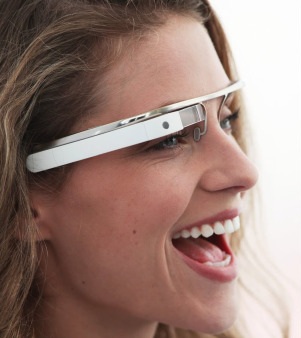

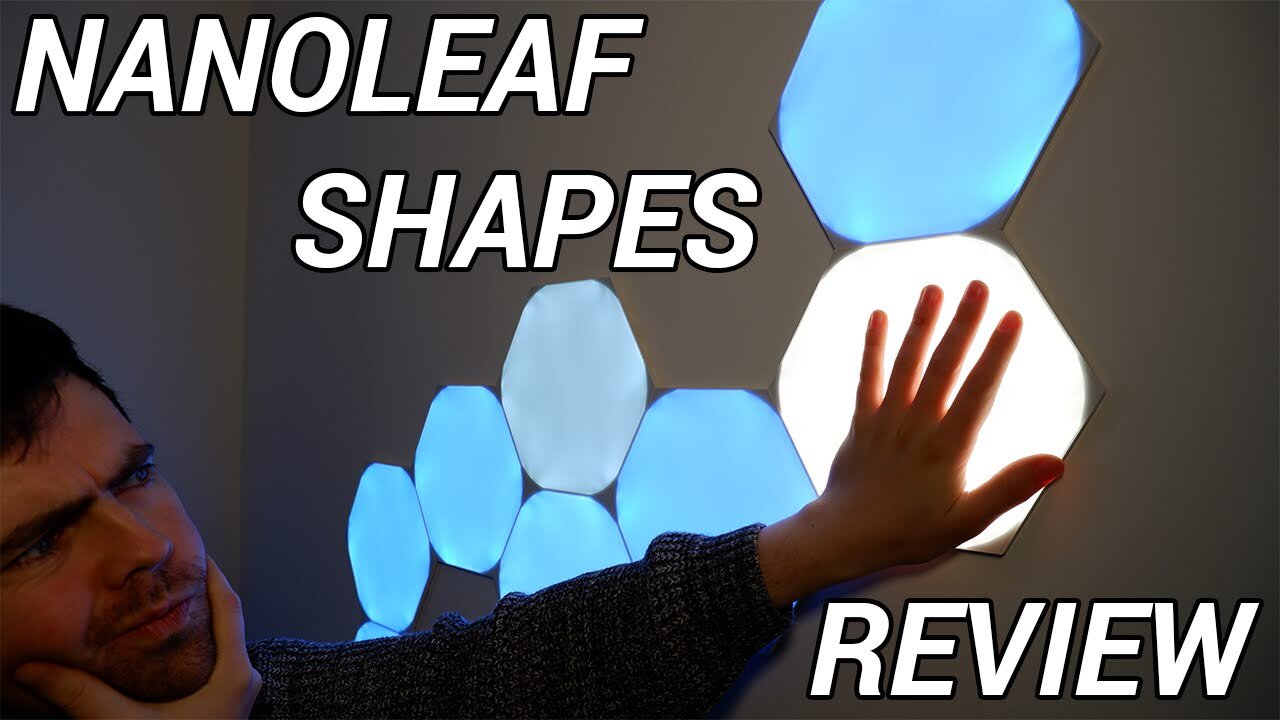
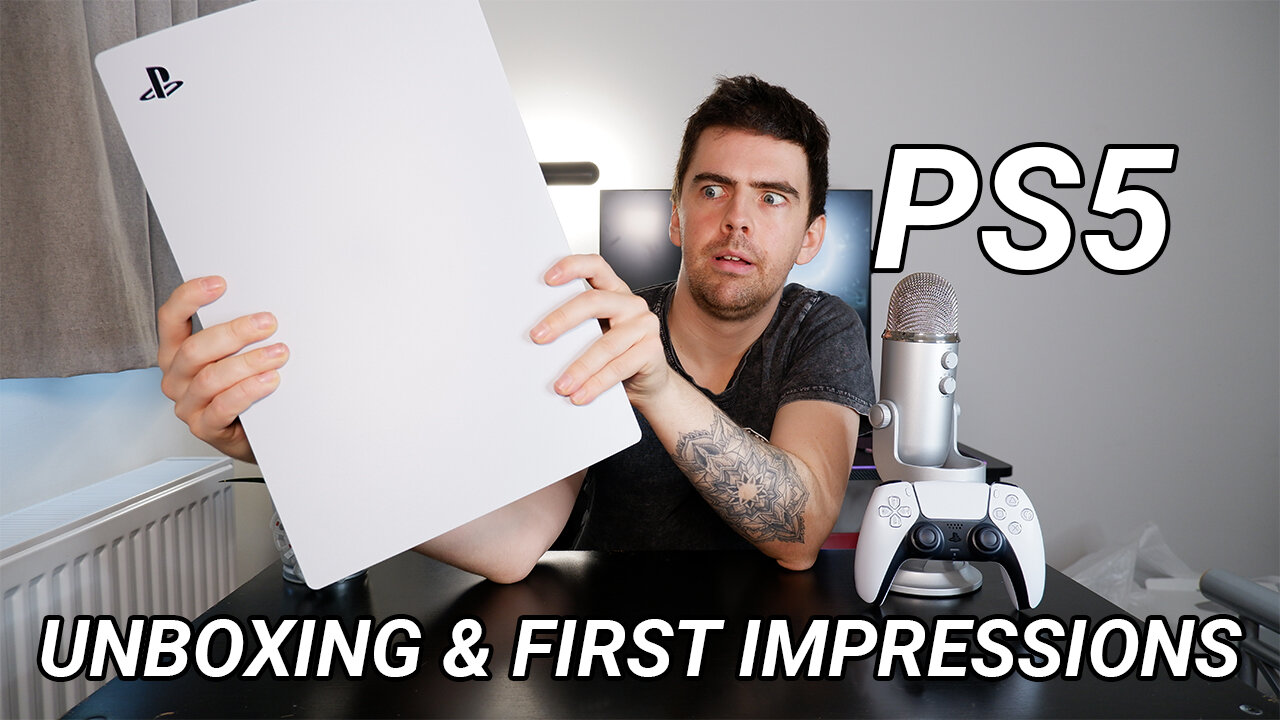




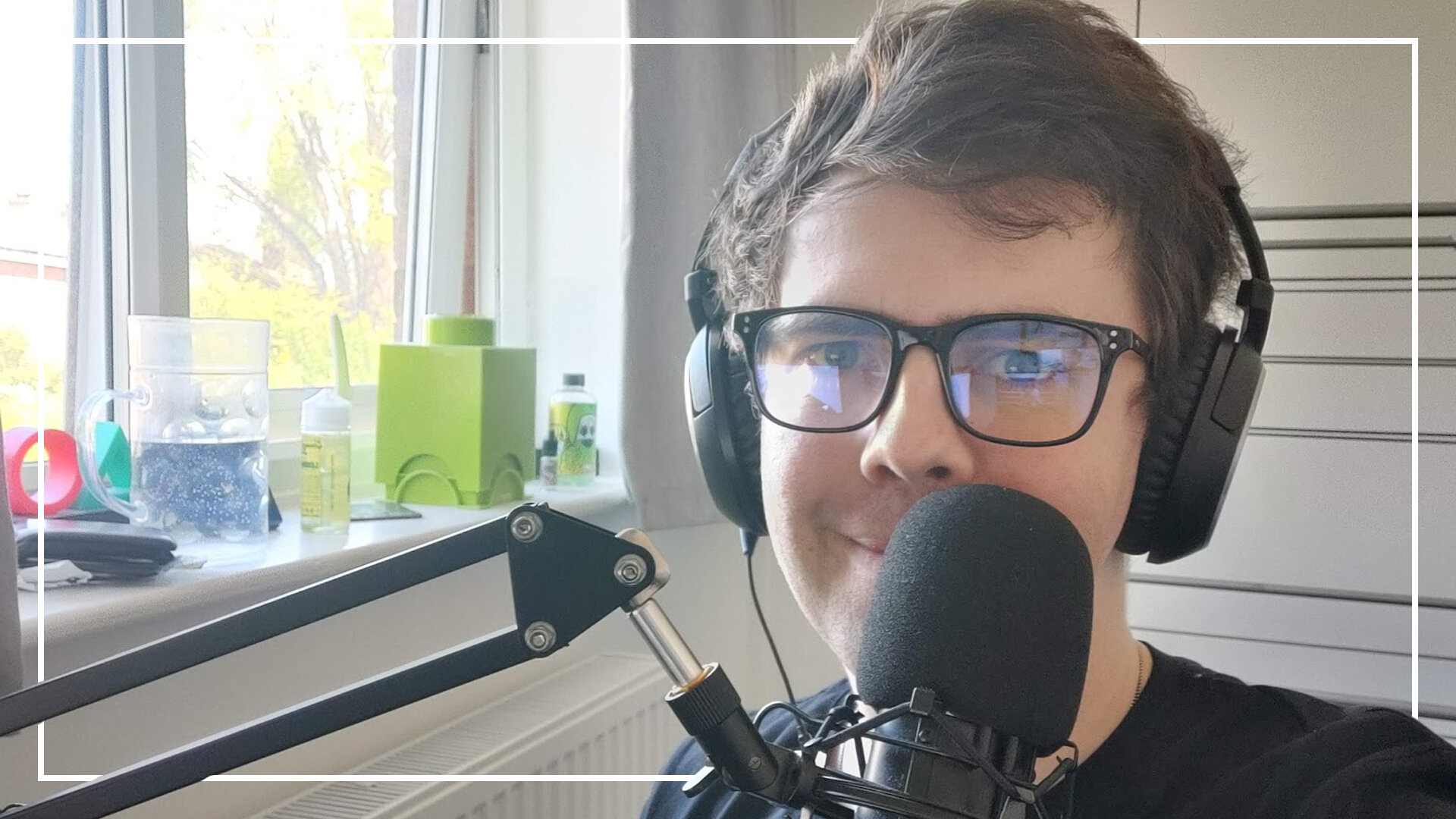
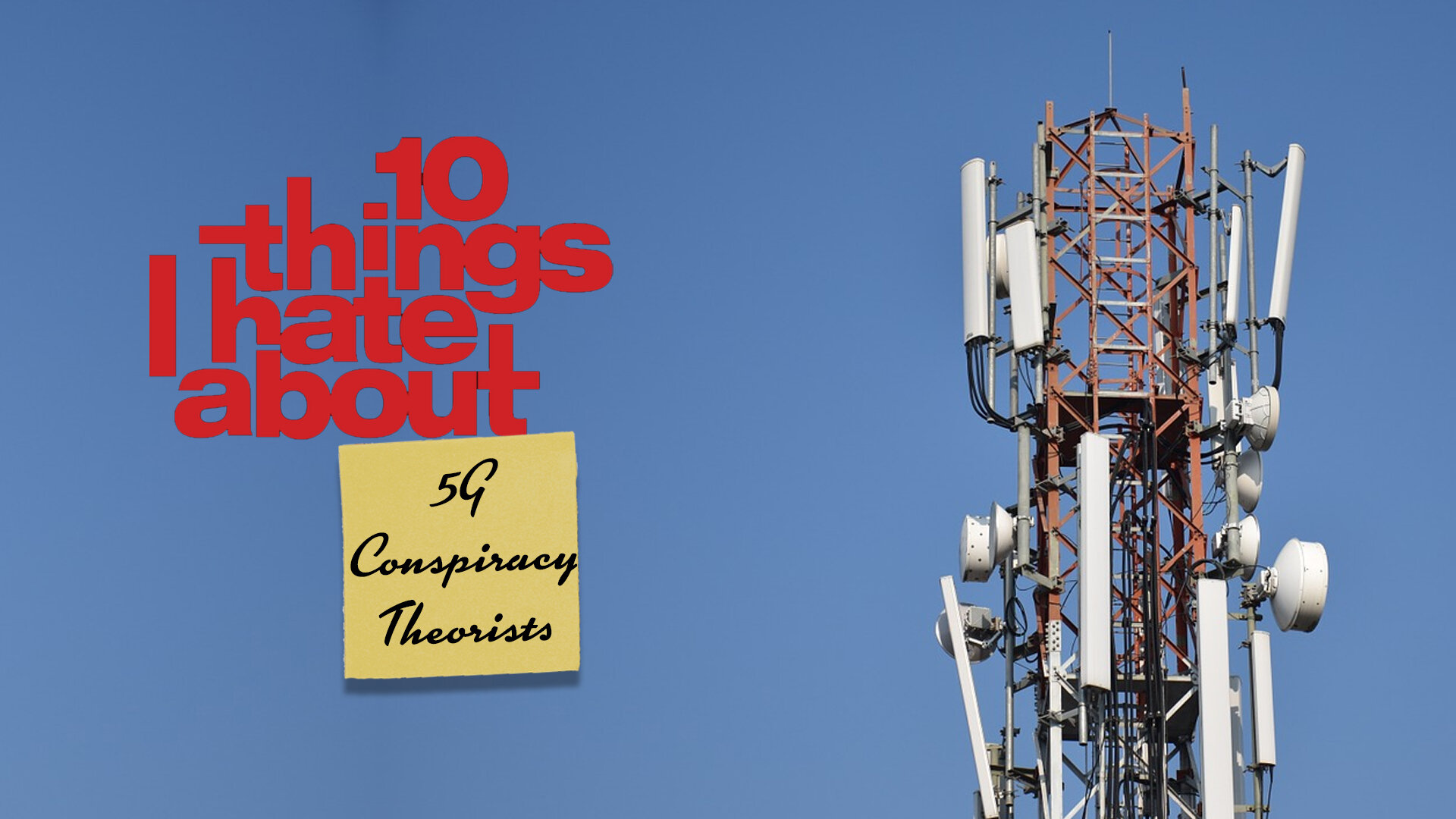
Alongside the scientists, 50% of the British public and the future health of young people across the nation, I have one simple request: delay Freedom Day, please.